Detailed Chimney Inspection to Maintain Safety Standards
Regular chimney inspections are essential for maintaining safe and efficient operation of fireplaces. Ensuring all components function properly can prevent potential hazards and prolong the lifespan of the chimney system.
Routine inspections help identify blockages, creosote buildup, and structural issues that could pose fire risks or cause smoke to enter the home.
Key parts include the chimney cap, liner, damper, and smoke chamber. Maintaining these components ensures proper draft and safety.
Failure to inspect can lead to chimney fires, carbon monoxide leaks, and costly repairs due to unchecked deterioration.
Chimney fires account for a significant percentage of residential fires annually, emphasizing the need for regular inspections and maintenance.
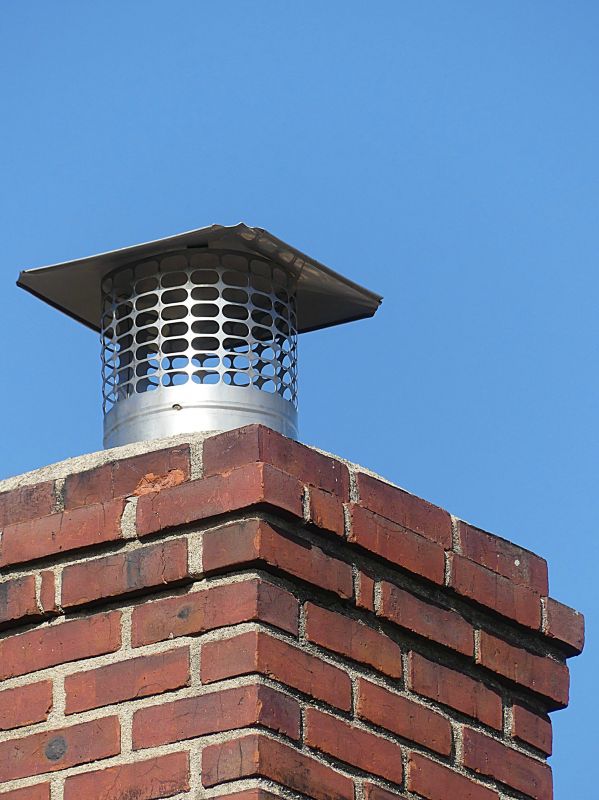
A properly installed chimney cap prevents debris, animals, and water from entering the chimney.
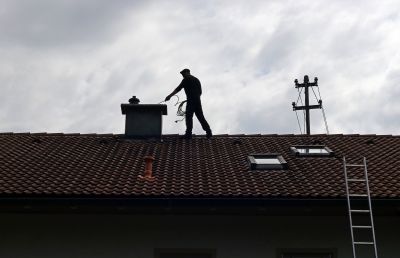
Inspecting the liner ensures it is intact and free of cracks or creosote buildup that could cause fires.
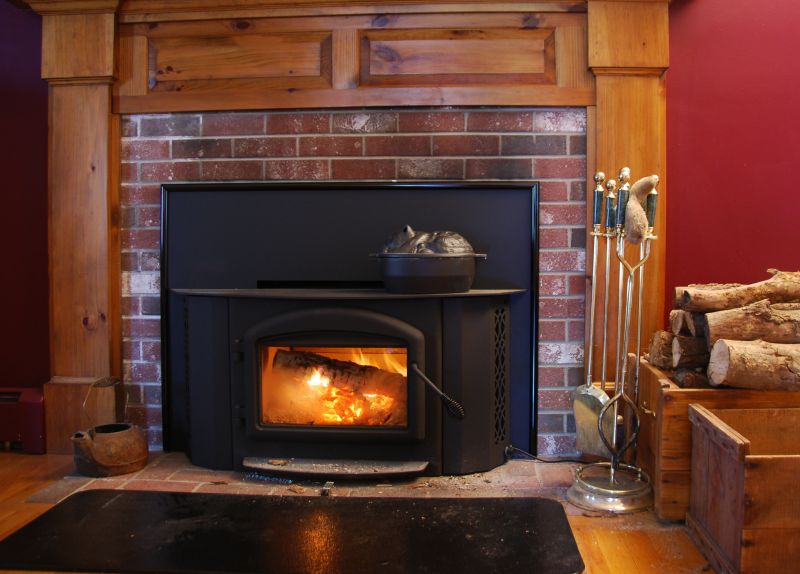
A functional damper controls airflow and prevents heat loss when the fireplace is not in use.
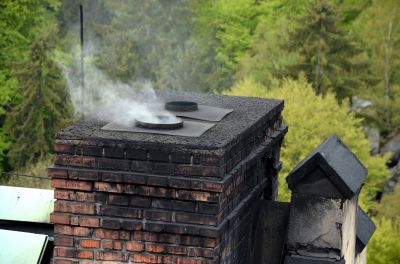
The smoke chamber directs smoke into the chimney and must be free of obstructions or damage.
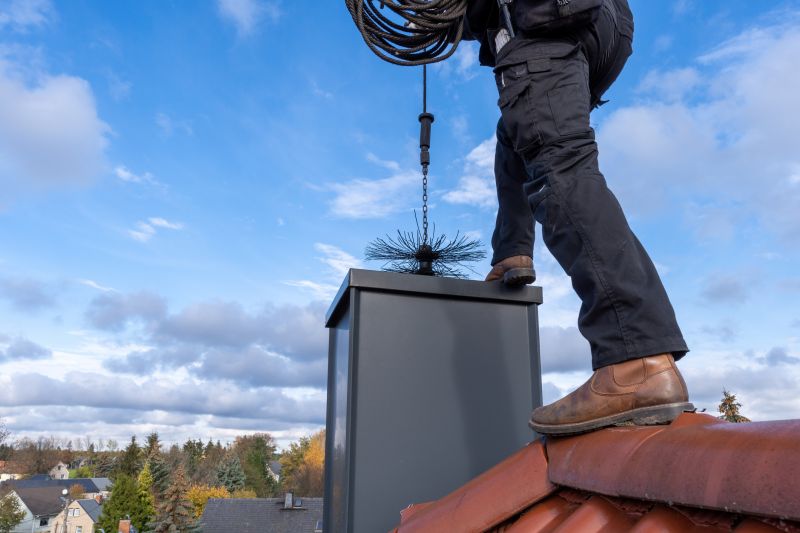
Tools used during inspection help remove creosote and debris, reducing fire risk.
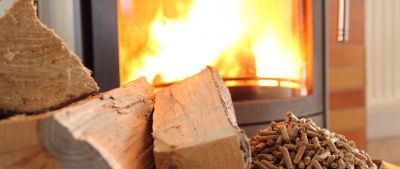
A well-maintained fireplace enhances safety and efficiency for wood-burning fires.
Proper chimney inspection involves examining all critical components to ensure safe operation. Addressing issues early can prevent dangerous situations and costly repairs. Regular assessments help detect structural damage, creosote buildup, and other hazards that could compromise safety.
| Component | Importance |
|---|---|
| Chimney Cap | Protects against debris, animals, and water entry. |
| Chimney Liner | Contains heat and prevents fire hazards. |
| Damper | Controls airflow and retains heat. |
| Fireplace Flue | Ventilates smoke and gases. |
| Firebox | Houses the fire and supports proper combustion. |
| Chimney Crown | Prevents water penetration at the top. |
| Smoke Chamber | Directs smoke into the chimney. |
| Support Bricks | Maintain structural integrity. |
Ensuring all components are functioning correctly is vital for safety and efficiency. Regular inspections can identify issues before they develop into serious problems, helping maintain a safe fireplace environment.
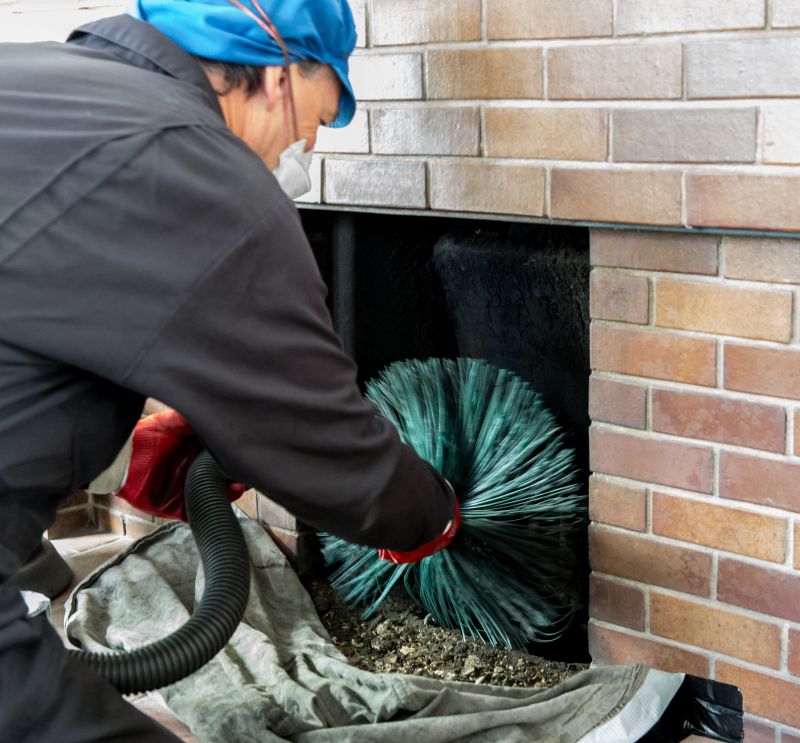
A functional damper helps control airflow and conserve heat.
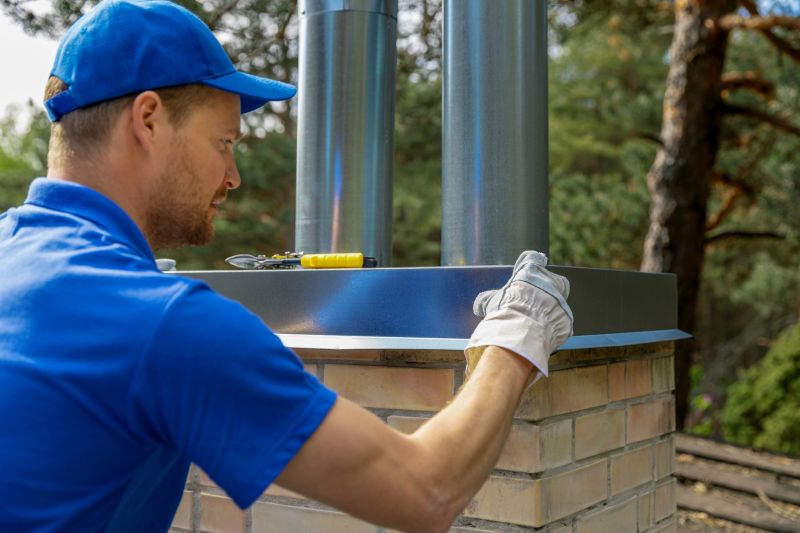
Accumulation of creosote can ignite and cause chimney fires.
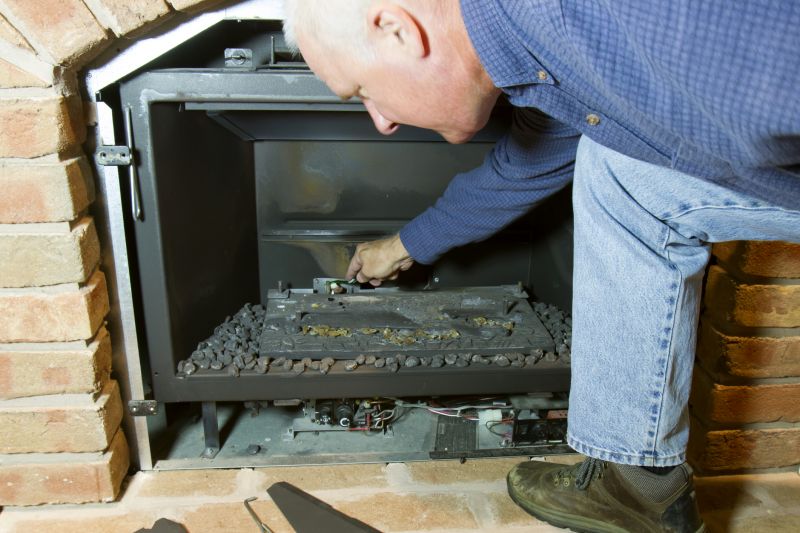
Cracks or deterioration in the liner pose fire risks.

Cracks or damage can lead to water intrusion and structural issues.
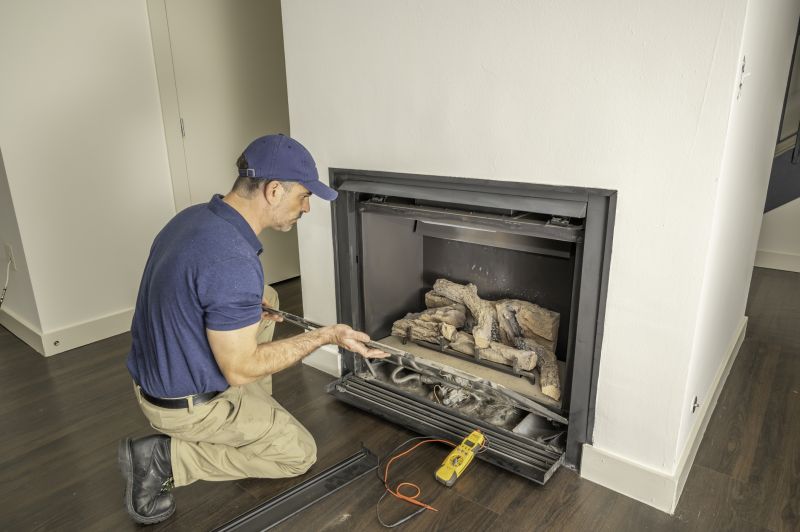
A clean, well-maintained fireplace ensures safe operation.
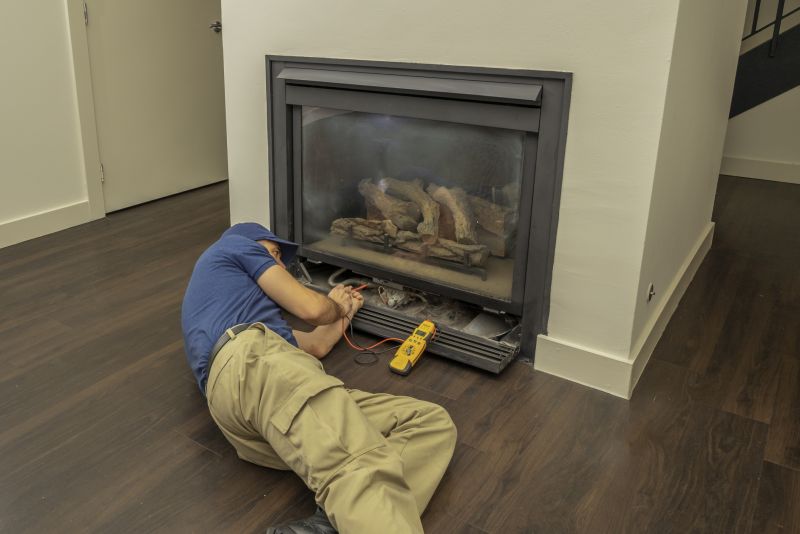
Proper setup maximizes safety and efficiency.
Regular chimney inspections are a proactive approach to fireplace safety. Contact a professional to schedule an assessment and ensure all components are in optimal condition for safe use.



